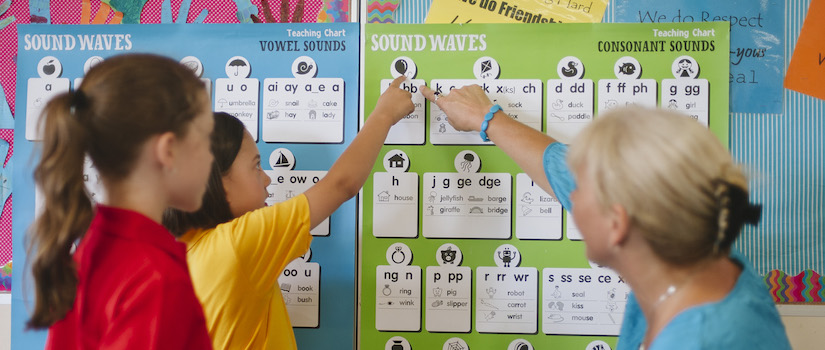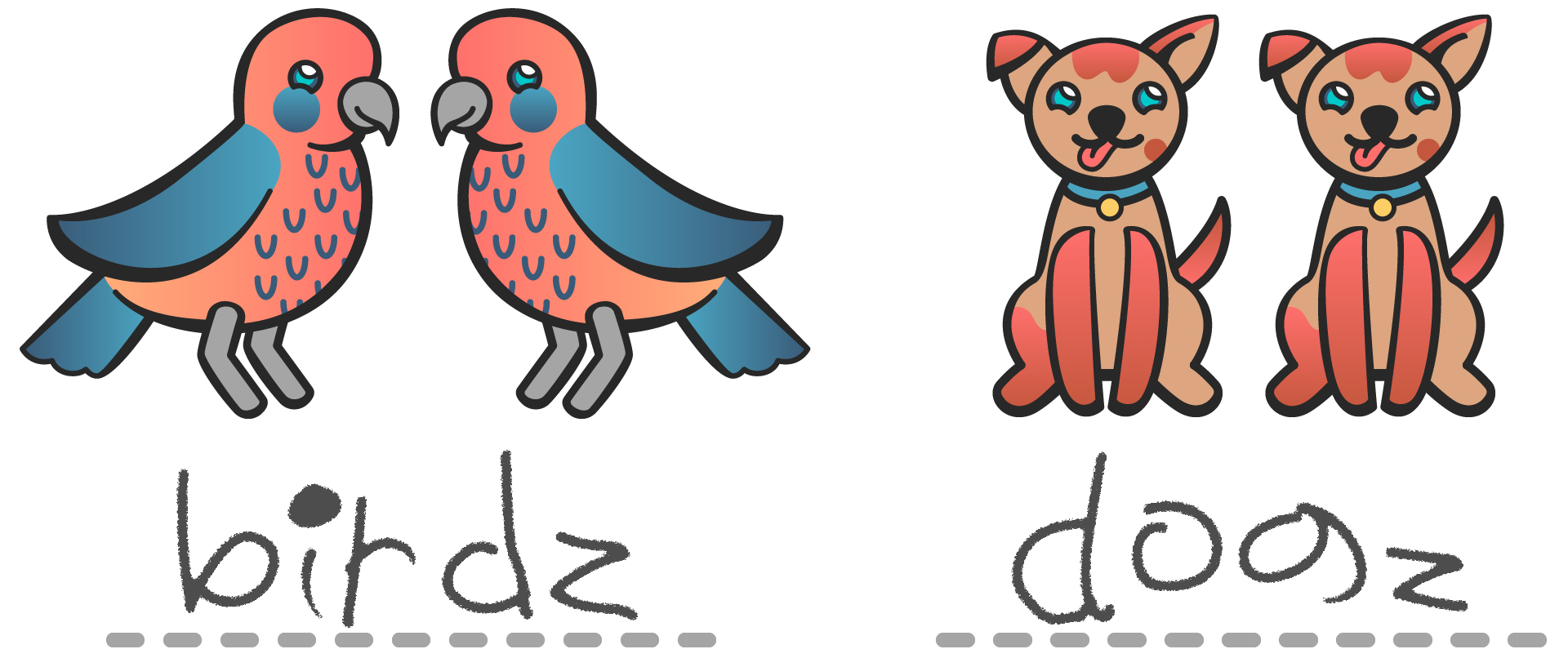Articles & Videos
Helping students make the right grapheme choices
Categories
Subscribe to our newsletters
Receive teaching resources and tips, exclusive special offers, useful product information and more!
Helping students make the right grapheme choices
Sound Waves Literacy 10/8/20

Australian English is made up of 43 phonemes (sounds) that make up our spoken language. Each phoneme can be represented by a number of different grapheme choices (some have more than 10 to choose from). While it may seem like the number of grapheme choices is overwhelming, studies indicate that the phoneme-grapheme relationships in the majority of English words are predictable when you take into consideration some key factors that influence spelling1. Let’s look at four main factors that can influence grapheme choice in spelling.
1. Phoneme position
The position of a phoneme in a word can often narrow down the number of graphemes available to represent that phoneme. Think of words that end in the phoneme /v/ – have you ever seen this error in your students’ writing?

In English, very few words end with the grapheme v for /v/. So you can inform your students that when they hear /v/ at the end of a word, such as in love, have and give, they should use the grapheme ve to represent the final sound.
There are many other cases where a phoneme’s position influences the likely grapheme choices. For example, you wouldn’t start a word with the grapheme gh to represent the phoneme /f/ (as in rough).
It’s important to identify and discuss these common patterns not only in your spelling lessons, but as opportunities organically arise throughout the day.
2. Surrounding sounds
The sounds that precede or follow a given phoneme can influence grapheme choice. Have you ever seen clean and crush spelt like this?

It’s not uncommon for primary students to make spelling mistakes like these. So, why should we use c instead of k in these words? It comes down to thinking about the sounds that follow /k/. When the phoneme /k/ is followed by the phoneme /l/ or /r/, we usually use the grapheme c. For example, clean, clasp, clock, cry and crab.
Teach patterns like this to enable students to make informed grapheme choices each time they’re deciding how to represent a phoneme.
3. Etymology
What do character, architect and mechanic all have in common? They all have the grapheme ch for /k/.
What about alphabet, trophy and philosophy? They all have the grapheme ph for /f/.
What do all of these words have in common? The phoneme–grapheme relationships ch for /k/ and ph for /f/ both come from the Greek language.
Words with interesting spelling can usually be explained by their history and word origins. English has developed from several languages including Anglo-Saxon (Old English), French, Latin and Greek, and the spelling of many words can be explained by links to these languages.
While each language brings its own unique conventions for representing phonemes, without words from languages all over the globe, English wouldn’t be the colourful, vibrant and changing language it is today.
Discuss the etymology of words to help highlight grapheme patterns and provide logical reasons behind some of those words that appear to have ‘tricky spellings’!
4. Morphemes
Morphemes are the smallest word parts that have meaning such as prefixes, suffixes and roots. For example, the suffix s means more than one. When students write the plural form of words, you may see:

These misspellings demonstrate an awareness of phoneme–grapheme relationships, but a lack of morphemic knowledge. Explicitly teaching students about morphemes allows them to spell many common words with unusual but highly predictable phoneme-grapheme correspondences.
Use these four factors to drive discussions in your spelling lessons and to help students make sensible, and ultimately correct, grapheme choices.
References
- Hanna, PR, Hanna, JS, Hodges, RE, & Rudorf, EH Jr. 1966, Phoneme-grapheme correspondences as cues to spelling improvement, US Government Printing Office, Washington, DC.↩